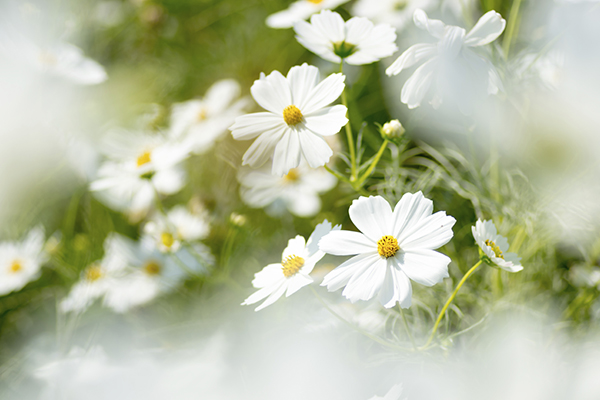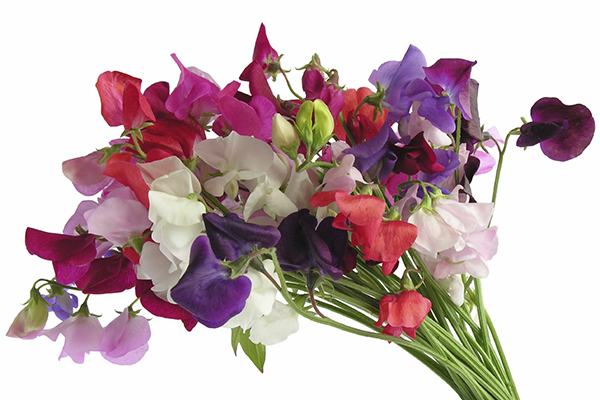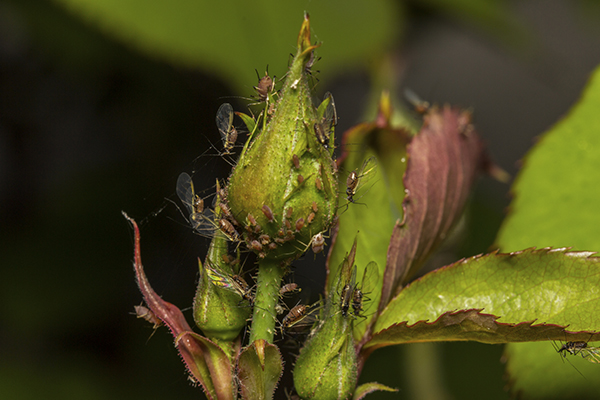Watsonia
I AM tempted, sometimes, to give up describing plants. What possible connection can there be between a string of words on a paper page and a row of plants?
How can static type describe the movement of plant foliage or fill your nostrils with perfume?
If I say that a group of snow white Watsonias were the best thing in the whole garden this past fortnight, does it do anything to ignite your interest and enthusiasm?
These are greatly under-rated summer-flowering bulbs, elegant in the extreme, and of similar appearance and temperament to the small-flowered gladioli.
They need a sunny spot of course, also one that’s free-draining and open.
If you search about for the different colours (red, orange, soft pink and peach) they’ll attract favourable comment from all who happen upon them.
The white form, in isolation, is truly spectacular.
Cosmos
WITH its ferny foliage Cosmos now enjoys the company of neighbouring plants and its paper-tissue white blooms look stunning against a green background.
For a dramatic effect, mix them next year among the likes of purple ‘Hidcote’ lavender and delight in the combination.
The old-fashioned but extremely popular English lavender is still very much in high fashion despite the introduction of French lavender in recent years.
Be sure to dead-head Cosmos regularly and for your trouble expect two new blooms of prominence, for every faded flower that’s removed.
Sweet Peas
CUT sweet peas regularly so as to induce more blooms to follow.
You cannot have enough of these in the summer garden for their butterfly-like flowers come in all the colours of the spectrum, mixing and scrambling on their supports or dancing through host plants from May until November.
Phlox
OF all the garden scents, the soft peppery smell of phlox is the one which reminds me most of schooldays and youth.
Towards mid-July watch the moisture content in the ground for phlox really insist on plenty of water right up to flowering.
They will bloom regardless, may I add, but in a tired, limp kind of way, and the plants will have a tendency to collapse and droop to expose unpleasant stems and browned leaves.
Give them water or a good wet summer, and they will reward you with a long succession of huge powder-puff flowers in pleasing clean colours.
The hour a week gardener
THE wise gardener will inspect roses regularly and spray if necessary to control greenfly and mildew.
I find that a combined insecticide and fungicide (Roseclear) gives best results, especially if a drop of washing-up liquid is also added to the mixture.
It sticks better and as a result, lasts longer.
The welcome build-up of summer heat following the rain and gales of late will more than likely encourage pest numbers and fungal infections.
A mulching problem
HAVE you mulched with shredded bark over the past few months with the aim of cutting down weed growth?
If the answer is ‘yes’ then your prized plants may now be suffering from nitrogen starvation.
As bark mulch rots down, it robs nitrogen from the soil leaving the plants it is protecting in starvation mode.
To combat this deficiency, add nitrogen to the area in the form of sulphate of ammonia (a fistfull per square metre) and allow the weather to wash it in.
Before rushing off to complain to your supplier about the lack of information on this kind of happening, let me say that not all bark mulch material is to blame.
Composted bark mulch will be found quite suitable, but not that which is stripped from trees and ground up without being composted.
The smaller the grindings, the more it depletes so choose coarse bark for preference.
Mind you, from an aesthetic point of view it will not look as smart as the finer grades but it does less damage in the long run.





